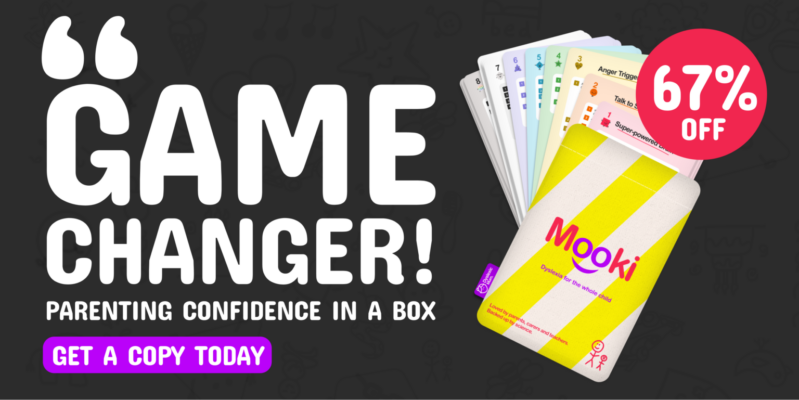Your basket is currently empty!
The signs of dyslexia can be spotted in the reading, writing and behaviour of six year old children. When children turn six, their classwork often becomes more challenging. The focus shifts from play to reading and writing. A dyslexic child may struggle more in class and start to show the signs dyslexia. It is important to recognise these signs early and get the right support.
Use the guide below to spot signs of dyslexia in children aged 5 to 9. Then, talk to the child’s teacher to get help.
Signs of dyslexia in children aged 5-7 years
Between the ages of 5 and 7, signs of dyslexia often become clearer. Dyslexia is a learning difficulty, and many signs can show up in a child’s writing during this time. Other signs of dyslexia can also appear. It may affect the child’s emotions and independence.
A child with dyslexia might struggle with the following:
- Reading
- Writing
- Spelling
- Behaviour
- Emotions
- Organisation
- Independence
Top 4 signs of dyslexia in children
Learn the main signs of dyslexia in children. See how it can affect their reading, writing, feelings, and behaviour:
1. Reading and writing
A dyslexic child might find reading and writing difficult. While their classmates can read and write full sentences, the child may still be learning basic letters and how to write their own name. The child may struggle with:
- Learning to read and write simple 2, 3, or 4 letter words.
- To remember spellings, forgetting them the next day.
To help the child to read, write and spell basic words try the Teaching Toolbox.
2. Organisation
Struggling with organisation can be a sign of dyslexia in children. This sign can be harder to notice. The child may:
- Struggle to get dressed themselves and get organised for school.
- Unable to find things, messy and get days of the week confused.
Help to build their organisation by trying 10 minute activities in Get organised.
3. Confidence
Dyslexia is a learning difficulty and a dyslexic child may struggle in class. They often work harder than their peers but still find it tough to keep up. This can impact a dyslexic child’s confidence in several ways:
- They may start to believe that they are not good at anything and never will be.
- That in future they won’t be able to get a job.
dyslexia can be a strength, some of the most creative, successful people in the world are dyslexic. Help to build their confidence by trying 10 minute activities in Build confidence.
4.Emotions
Emotional issues are one of the signs of dyslexia in child. A dyslexic child can struggle to control their emotions. This may display as:
- Misbehaving in class when they fall behind.
- Becoming quiet, withdrawn or unfocused.
- Anxiety and frustration that turn into angry outbursts.
Help to give dyslexic child comfort by trying 10 minute activities in Give Comfort.
Signs of dyslexia in children aged 7-9 years
Dyslexia can affect children in different ways as they grow older. Instead of just struggling with reading and writing, it may impact their independence and confidence. See below how dyslexia may affect children aged 7-9 years old:
Sign of dyslexia in children aged 7
The signs of dyslexia in a 7 year old child, are very similar to the signs of dyslexia in a 6 year old. As previously covered in the post above.
Sign of dyslexia in 8 year old children
A dyslexic child might not grasp the basics of reading, writing, and spelling by age 8. They may find it tough to tackle more complex tasks like writing stories or essays. This can highlight their dyslexia and the need for extra help. The child may need to relearn basic words with 4, 3, and 5 letters. This may require extra one-on-one teaching time.
Sign of dyslexia in 9 year old children
When children reach age 9, they are expected to show more independence. Other kids in their class may seem more mature and grown-up. Able to hold longer conversations and receive bigger roles in school plays. A dyslexic child may prefer playing games or listening to stories instead.
Signs of dyslexia can include struggles with the following:
- Getting dressed for school, to do their own hair and tie their own shoe laces.
- Remembering homework, packing their school bag, and remembering their school time-table.
I think my child is dyslexia?
If you think a child shows signs of dyslexia, you might feel unsure about what to do next. The first step is to talk to the child’s teacher and ask them how they can help. However, they can receive extra help earlier. One-on-one reading support is beneficial at a young age.
Children often wait until they are 7 for a formal dyslexia assessment. However, online screening tests can be completed at any age. It is important to support any child struggling in class. Even if the child does not have a formal dyslexia diagnosis, they should receive extra help.
Helpful Articles
- Development milestones
- NHS Dyslexia symptons
- Dyslexia signs and causes
- Dyslexia signs 5-7 years
- Dyslexia checklist
Everything you need to help a dyslexic child. 56 cards with 10 minute activities. Perfect for using at home or in the classroom. Order your “Mooki Cards” here!

